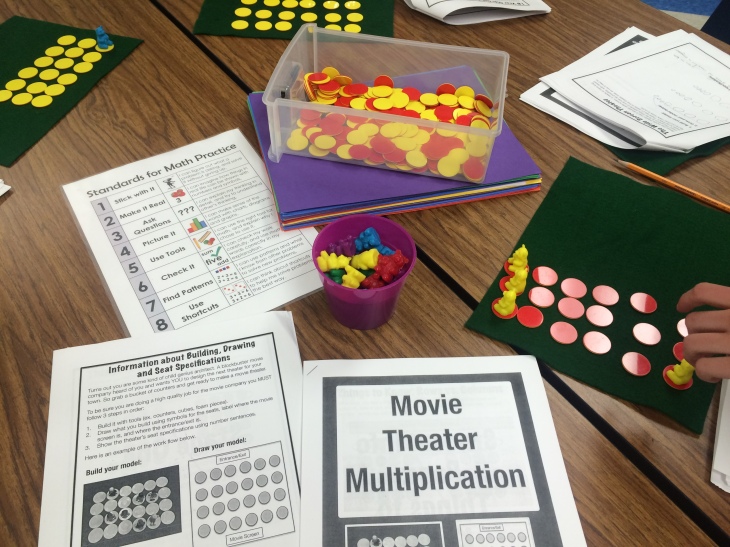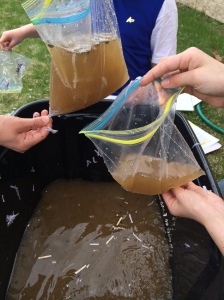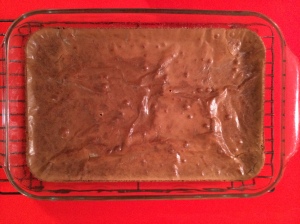Being a math interventionist is one of the hardest jobs I’ve ever had. It’s like a constant cycle of diagnose…teach…teach…teach…light bulb on…light bulb off…diagnose…teach…teach…teach…
I’ve been working with a group of fourth graders that were just struggling BIG TIME with multiplication. They weren’t able to see how a fact like 3×7 could help them solve 6×7 by just doubling. The numbers were too abstract, and they had nothing to connect it to.
Of course as I dug deeper I found that they simply had zero understanding of what 3×7 really means. So as usual, I tried to find a way to connect it to real life, my favorite thing ever. I was trying to think of a way to help them remember the difference between rows and columns. And then it occurred to me as I was waiting in line at the theater, no one wants to wait in line to sit in the first COLUMN for a popular movie. We all want the best seats in the house, so we wait to sit in the first ROW.
Enter the Movie Theater Multiplication Project. I went home over the weekend, turned off all distractions and poured days and days into authoring this project. I needed to really think for myself what 3×7 represented. I was not taught this way and I know that it doesn’t come easily to me. I also had to think of a way that would be meaningful and that would STICK, since that seems to be the biggest challenge facing students in intervention. The last thing that I really needed to think about was the Concrete-Representational-Abstract instructional approach. Kids LOVE to build. The second they walk into my math lab, their hands are all over my cubes, blocks, counters, etc. Starting with building means that they can usually connect a pictorial representation to it, and then connect that to numbers.
So I made a movie theater or two or three as I wrote the project. I made theaters that were 3 rows of 4 seats, making 12 seats total (3 x 4=12). I made tickets placing them in the correct row and seat number. And finally I made some mega theater designs so they could learn to use known facts to solve harder facts. There is a fourth stage to the project also that involves some open ended challenges to calculate profits and revenue. Say hello to my little friends:

Seemed like it might actually work!
So I brought the idea to school. I got out some tools and some little tiny bears and THAT got their attention. Tiny bears! Seriously, that is all it took?!
The first three days of the project were brutal. They were making columns instead of rows, they were making rows of 20 instead of 20 seats total. With probing questions they started to see what was happening. And THEN, light bulbs turned on…and for several days now the light bulbs have stayed on! Is it sticking?! I hope so, and we’ll find out when they get to the mega theaters and can break down more difficult multiplication. Wish me luck!


If you want to try this out, in the preview you will find three parts of the four stages of the project that are free. You could totally continue the project by giving them your own specifications!



























